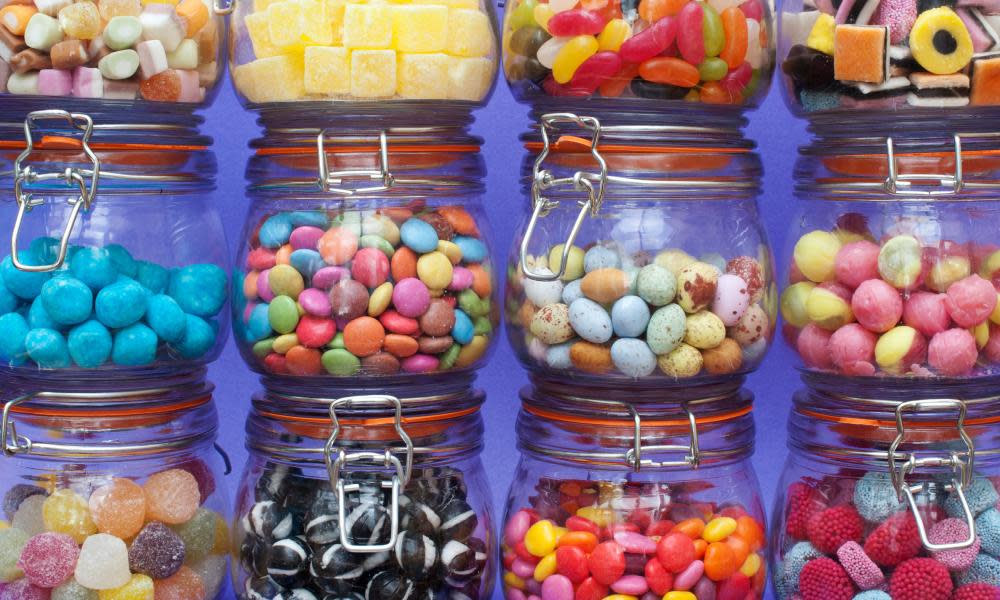Sweet spot: Norwegians cut sugar intake to lowest level in 44 years

Norwegians are eating less sugar than at any time in the last 44 years, the health directorate in Oslo has said, announcing that annual consumption per person had fallen by more than 1kg a year since 2000.
“We are not yet down to the recommended intake, but we have actually already reached our target for sugar reduction set for 2021,” Linda Granlund, the divisional director of public health, told the national broadcaster NRK.
In the UK, Public Health England said in September that consumption of sugar in England had risen by 2.6% between 2015 and 2018, blaming a general increase in people eating very sugary products, of which there were increasing numbers in the shops.
The directorate’s annual report on the Norwegian diet said that average annual consumption of sugar had plummeted from 43kg to 24kg per person between 2000 and 2018 – including a 27% reduction in the past decade – to a level lower than that recorded in 1975.
Related: Notes on chocolate: What next if the sugar tax is put on chocolate? | Annalisa Barbieri
Norway has had a generalised added sugar tax – introduced at the time as a means of raising revenue for the state, rather than reducing the consumption of what critics call the “pure, white and deadly” substance – since as early as 1922.
It has intervened more aggressively recently, creating separate taxes for confectionery and sugary drinks and hiking them at times dramatically: in January 2018, the levy on chocolate and confectionery went up by 83% to 36.92 krone (£3.12) per kilo, and on sugary and artifically-sweetened drinks by 42% to 4.75 (40p) a litre.
Authorities are now working on developing what nutritionists believe would be a more effective charge levied on the healthiness – or otherwise – of a food or drink product based on more than just its sugar content, which some experts argue is a blunt instrument that treats some products unfairly.
A committee investigating the possible change suggested earlier this year that the introduction of a health-based fee would capture a larger number of nutrient-poor foods and support public health policy. “A health-based fee could lead to an extension of the duty to include many more products and producers,” it said.
Among other data, the directorate’s report, published on Tuesday, revealed that consumption of chocolate and confectionery in Norway, which had trebled from about 5kg per person per year in 1960 to about 15kg in 2008, was now falling, totalling just over 12kg last year.
Sales of sugary soft drinks, which peaked in the late 1990s at 93 litres per person, more than double the level of the 1950s, have also started dropping sharply and were down to about 47 litres per person last year, the directorate said.
The Scandinavian country is also seen as a leader on advertising regulation, with food manufacturers and suppliers agreeing in 2013 to voluntarily ban the marketing of unhealthy foods and drinks to children younger than 13. Roughly one in six children and young people are obese in Norway, compared to one in three in the UK.

 Yahoo News
Yahoo News 
